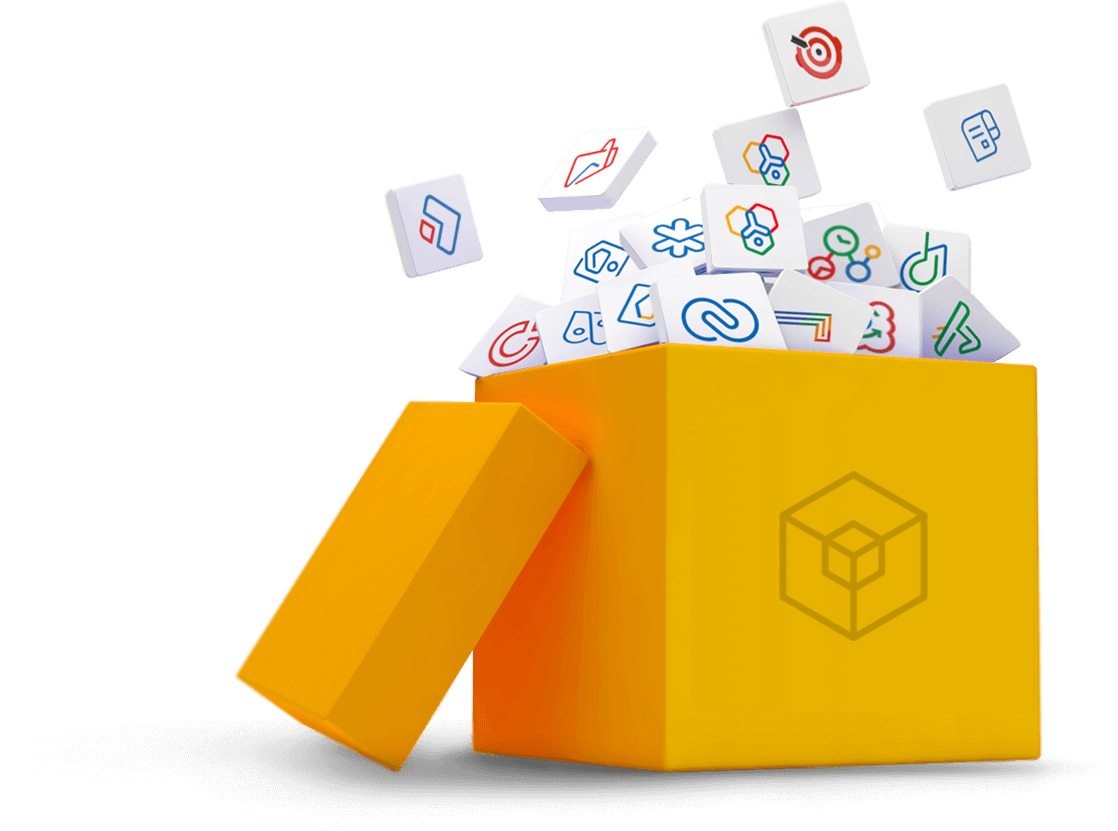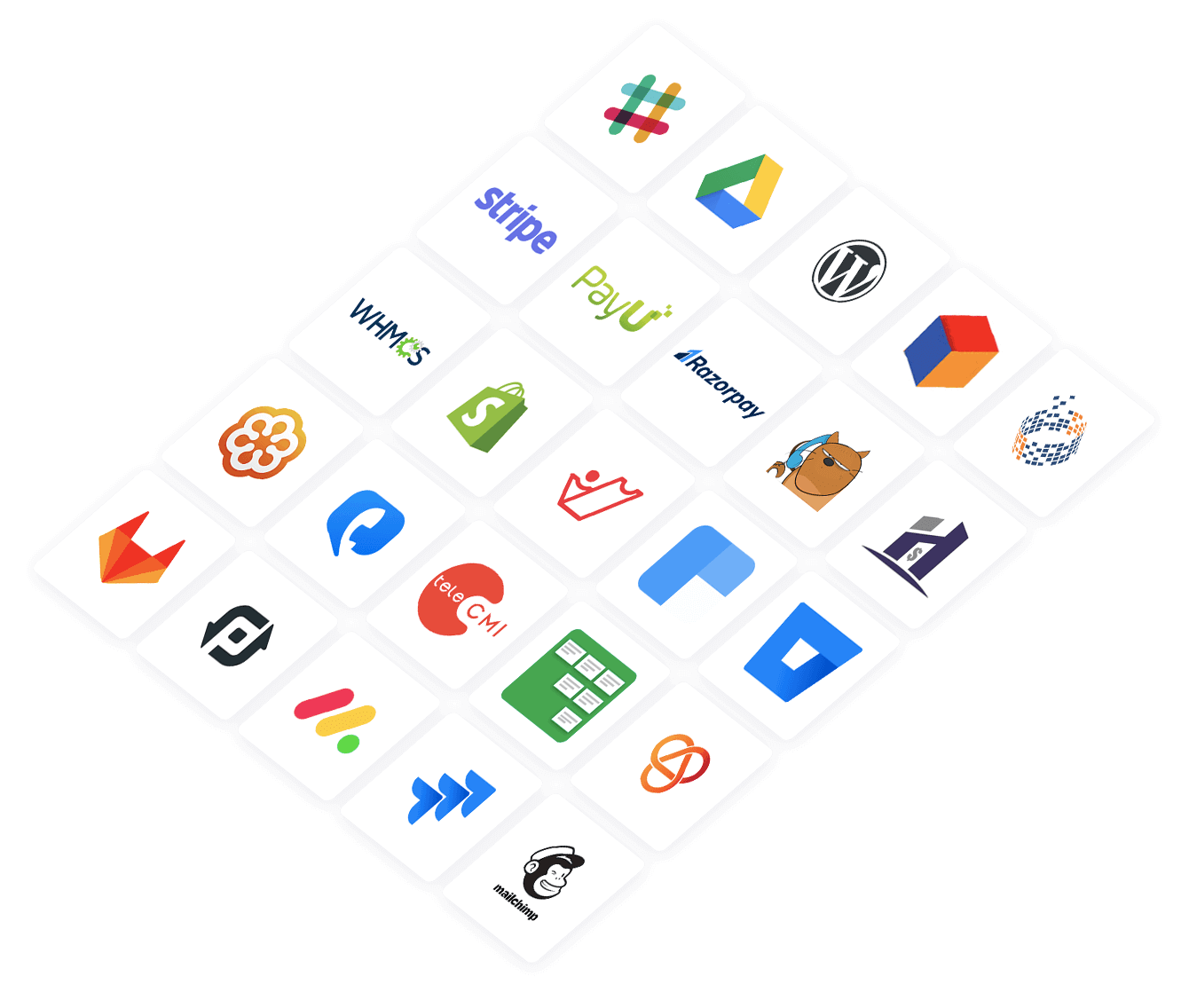Johari window
What is the Johari Window?
The Johari Window is a psychological and communication tool designed to improve self-awareness, interpersonal relationships, and team dynamics. It was developed by American psychologists Joseph Luft and Harry Ingham. The word Johari is derived from a combination of their first names.
What are the four quadrants of the Johari Window?
The Johari Window's four quadrants include: an open area, a blind area, a hidden area, and an unknown area.
Open area:
Information about yourself—such as behaviors, skills, and knowledge—that both you and others are aware of. It's often seen as a space for mutual understanding.
Blind area:
Information that others know about you, but you don't. Receiving feedback from others can help shrink this area and promote an individual's personal growth. This is also known as a blind spot.
Hidden area:
Information that only you are aware of and keep private from others. This could include fears, secrets, insecurities, and prior experiences. Sharing some of this information can help build trust.
Unknown area:
Information that both you and others are unaware of. This may include untapped talents or unconscious behaviors, and it can be explored through experience, self-reflection, and feedback.
What are the main objectives of the Johari Window?
Self-awareness:
Help individuals better understand how they are perceived by others versus how they see themselves.
Mutual understanding:
Build trust and communication between people by revealing hidden aspects of themselves.
Personal and group development:
Encourage open dialogue, vulnerability, and emotional intelligence.
Reduce misunderstandings:
Minimize assumptions and miscommunications in personal and professional relationships.
How can the Johari Window model support organizational development?
Enhances communication:
By encouraging openness, teams experience fewer misunderstandings and more efficient collaboration.
Builds trust:
Sharing feedback in a supportive environment strengthens interpersonal relationships.
Encourages a feedback culture:
Employees become more comfortable giving and receiving constructive feedback.
Uncovers strengths and opportunities:
Hidden talents and potential areas for development are identified, supporting career growth and succession planning.
Promotes self-awareness:
Employees and leaders alike gain valuable insights into their working styles and impact on others.
What are the advantages of the Johari Window?
Simple and accessible:
Easy to understand and apply at all organizational levels.
Improves team dynamics:
Greater openness leads to stronger collaboration and team morale.
Facilitates personal growth:
Individuals can work on blind spots and hidden strengths.
Supports a culture of transparency:
Helps normalize feedback and continuous development.
What are some disadvantages of the Johari Window?
Requires psychological safety:
Without trust, individuals may be reluctant to share or receive feedback openly.
Cultural sensitivity needed:
Some individuals or cultures may view personal disclosure differently, which can affect participation.
Potential for miscommunication:
Poorly delivered feedback can harm relationships if not handled with care.
Can be uncomfortable:
Encouraging vulnerability may initially cause discomfort, especially in highly formal or competitive environments.

